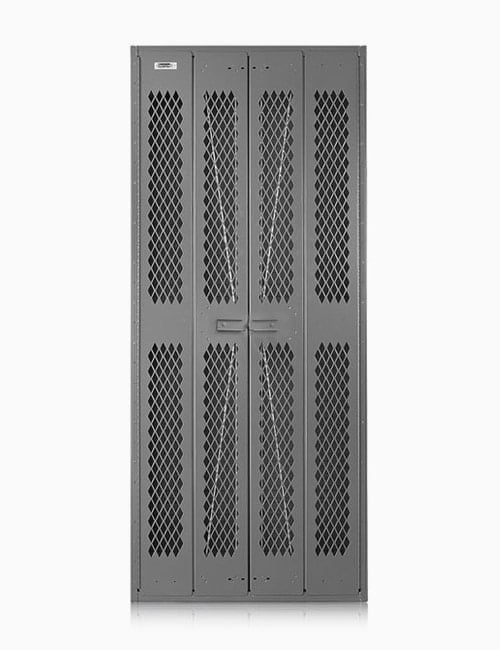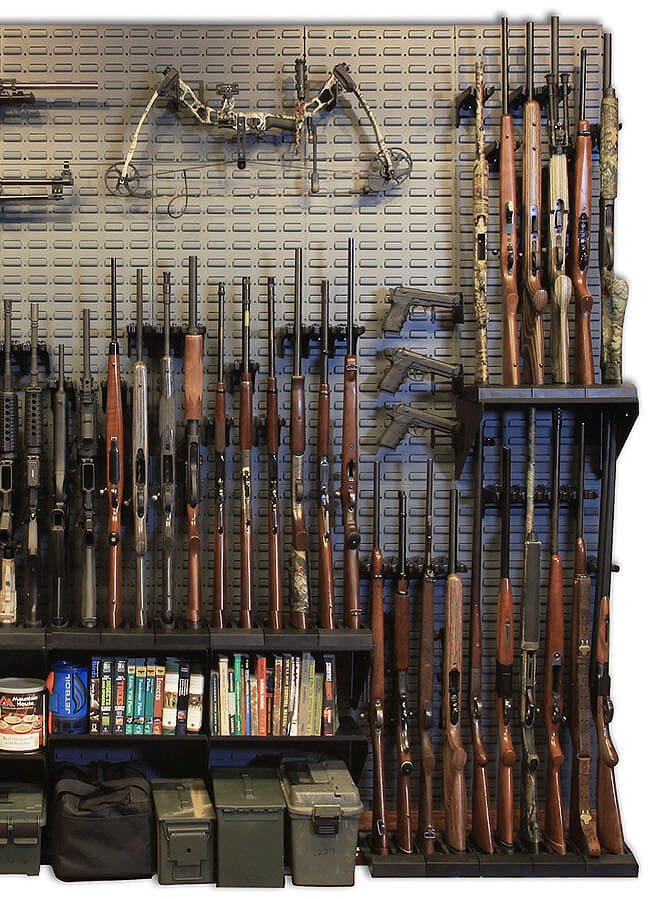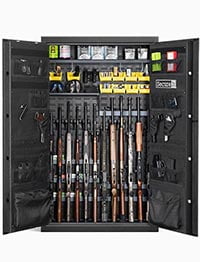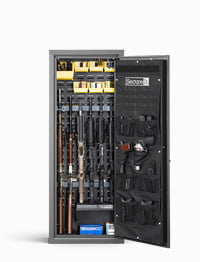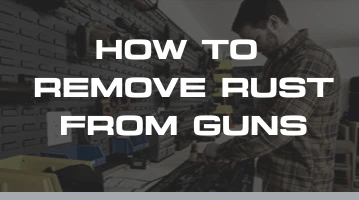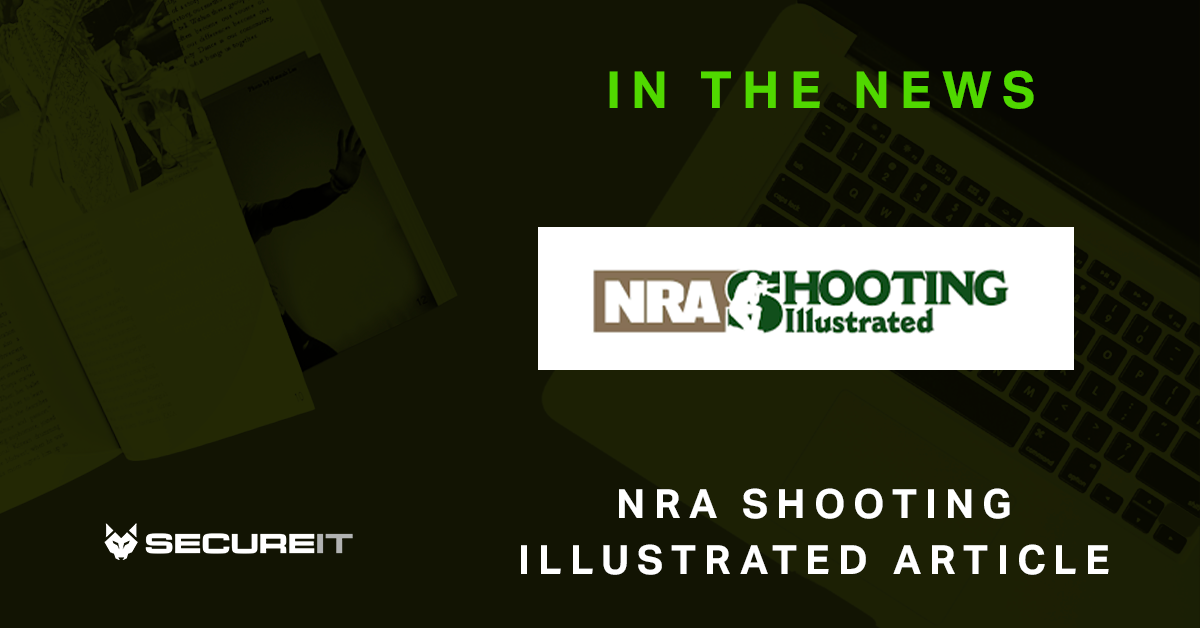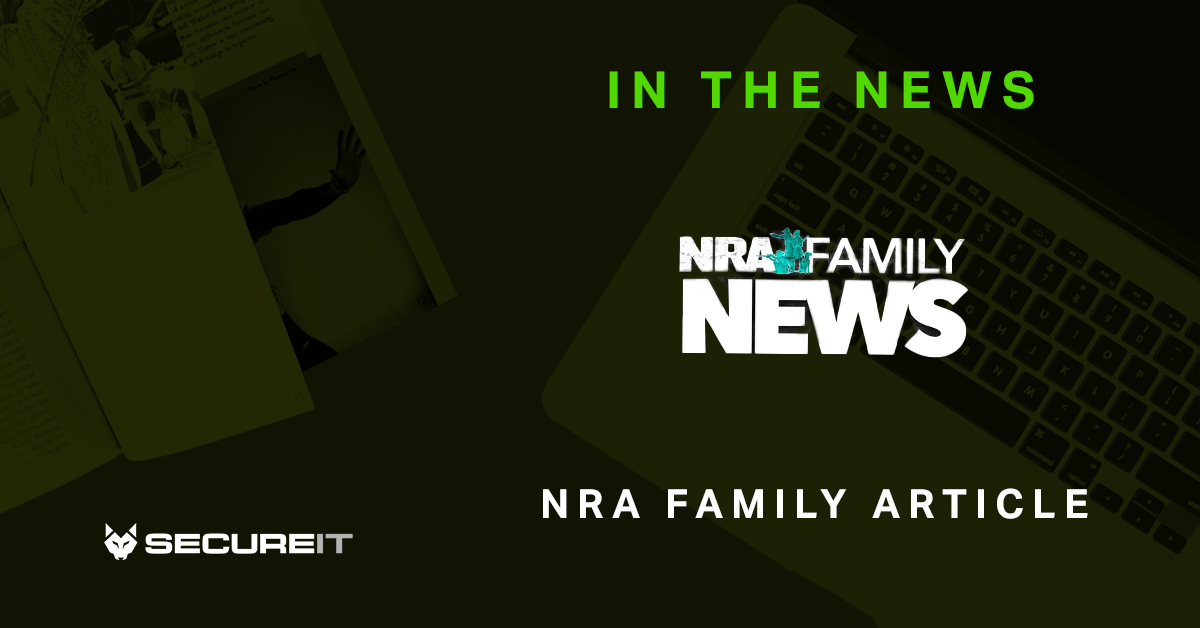Original Silas Herring fire safe design Modern RSC design
We all believe that these modern safes are fireproof. However, per U.L. Laboratories Standard 72, they are not fireproof. Technically, they are not even considered to be true safes.
This move to cheaper materials and designs happened slowly and almost secretly. When the move was made to a single wall, the industry did something a bit sneaky. They no longer met the UL standard for a gun safe. They went to Underwriters Laboratories (UL) and created a new classification. These new cheaper cabinets are classed: RSC – “Residential Security Container”. Notice the classification does not use the word “safe”. UL would not allow the word safe in the classification. Because the RSC containers do not meet the minimum performance standard to be called a safe.
Please note:
In all fairness, there are still some “real” gun safes made in America. Amsec makes a few U.L. Class TL-30 gun safes and there are some very well made custom safes available.
Fireproof? No
As technology advances, you would think that gun safe fire ratings would improve. Just the opposite has happened. The industry has completely moved away from fireproof gun safe production. The U.L. RSC classification has nothing to do with fire ratings. There is no fire component to the RSC rating. A sticker on the door that says “Fire Certified” or “Fire Tested” really means nothing. Unless it says “UL-Class 72 350-X”, it is not a certified fireproof safe. The fire rating and tests are created and conducted by the manufacturers. They basically create a test that they can pass then put a sticker on the door that says certified fire resistant.
See “Your gun safe is NOT fireproof! Just ask any fire chief”.
Gun Safe Interiors
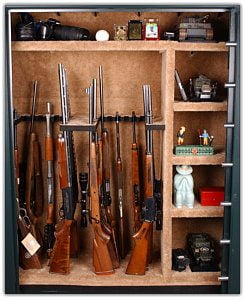
Early gun safes were designed for basic Winchesters. Rifles of the day were simple compact with iron sights. There have been many changes since then. In recent years, we have seen great advances in rifle, shotgun, and optics technology. The modern sporting rifle (AR15) is the top-selling rifle in America. These new firearms do not fit into the old gun safe interior designs. The industry has had many years to adapt, but they haven’t.
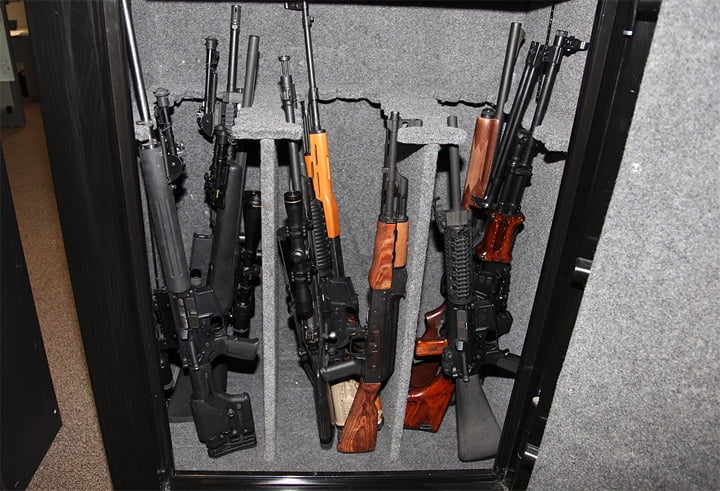
The gun safe industry has not changed interior design one bit. Why are they so slow and hesitant to adapt?
Military style storage
In 2016 SecureIt introduced CradleGrid to the US consumer market. CradleGrid technology was developed under contract with US army special forces. It is a simple system by which US military forces store and organize weapons and associated gear.
US Military Force Modernization
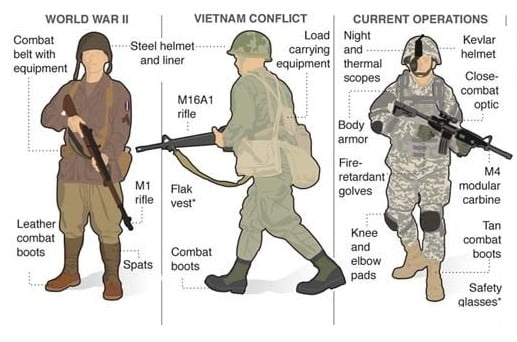
In the late 1990’s, the military replaced the traditional battle rifle with the modular M4 and incorporated optics and electronics. While the result was a superior fighting force, there were still problems. Gun racks and storage systems were designed for basic M14s and M16s and the new weapons and gear would not properly fit.
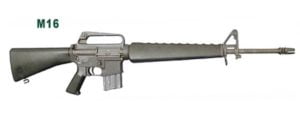 Basic M16 rifle replaced by M4 weapon system
Basic M16 rifle replaced by M4 weapon system 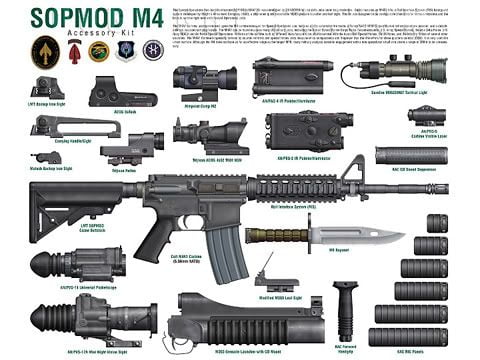 SOCOM M4 with SOPMOD Block 1 & 2
SOCOM M4 with SOPMOD Block 1 & 2
The Gulf Wars created a rapid advancement in weapon technology. Things were changing so fast storage designs could not keep up. The armory storage problems came to a head when several Special Forces armories failed basic inspections. Army Special Forces Command (USASFC) put out a solicitation for an arms room assessment program. SecureIt won the contract. They spent the next 18 months working with Special Forces units and command. The task was to identify problems and make recommendations. The result was CradleGrid Technology. A simple easy to use and understand weapon storage platform. CradleGrid had just one moving part. It can store all weapons in a military armory and provides proper storage for precision rifles with optics. Introduced in 2008 CradleGrid has completely changed the way the military thinks about weapon storage.
The consumer hunting and sports shooting market has gone through similar changes. There has been a broad move to MSR style modular firearms. The basic shape of the rifle has changed. The introduction of affordable quality optics has further complicated storage. Even traditional rifles and shotguns now have scopes or red dots. Will the gun safe industry adapt to these changes? No. It does not look like they have anything in development.
The future of firearms storage has to accommodate the changes in rifle format and optics. The gun safe industry continues to build what they want to build and repeatedly ignore the needs of their customers.
Through the introduction of CradleGrid Technology, SecureIt revolutionized military armories and is doing the same for home firearm storage. With SecureIt now in the leadership position for firearm storage, will the traditional gun safe industry be able to catch up?
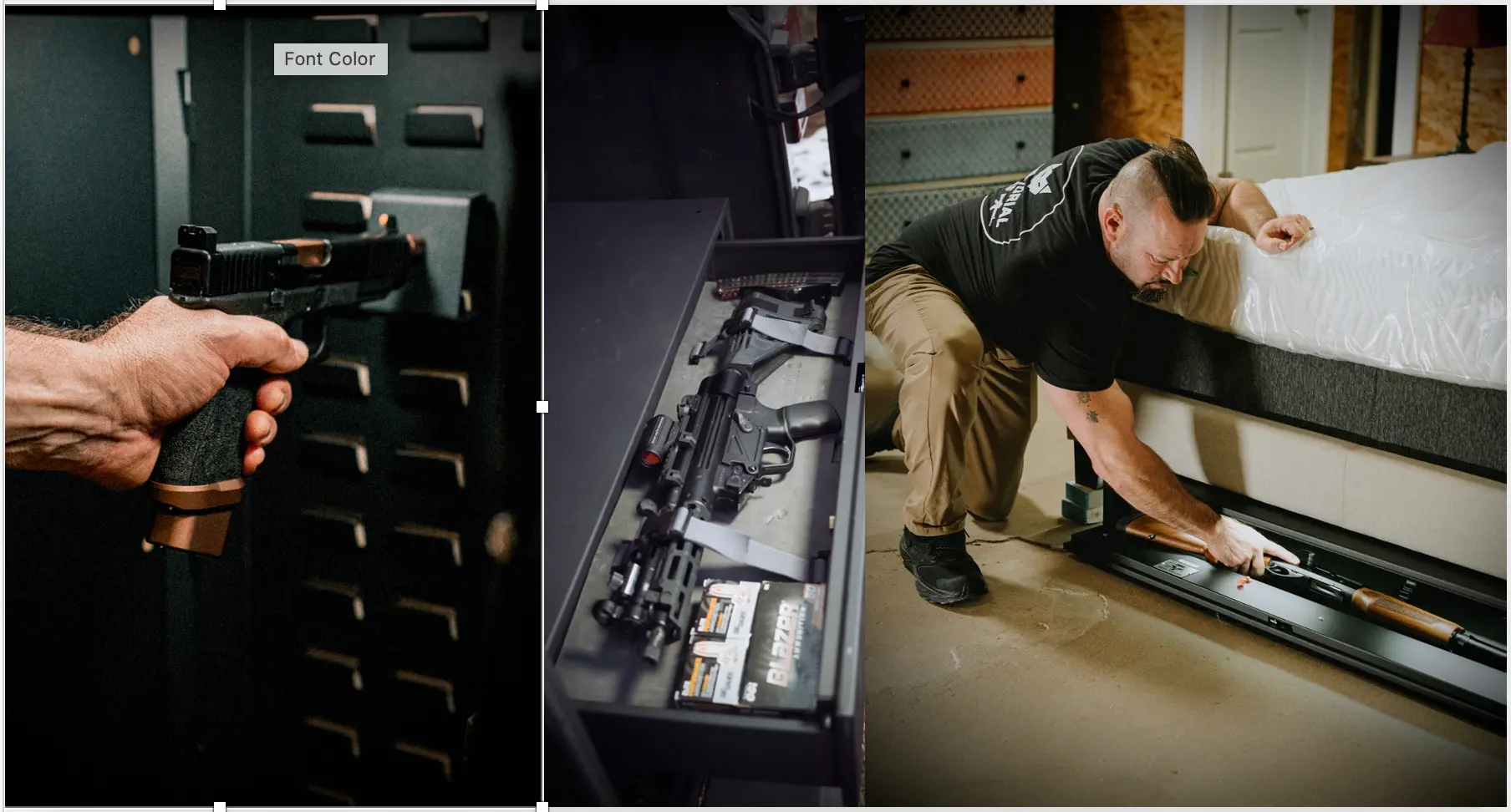
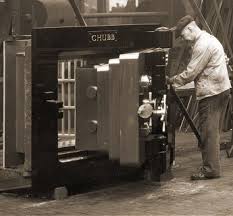
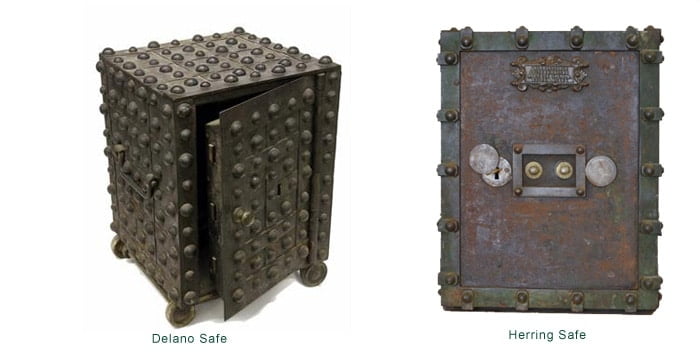
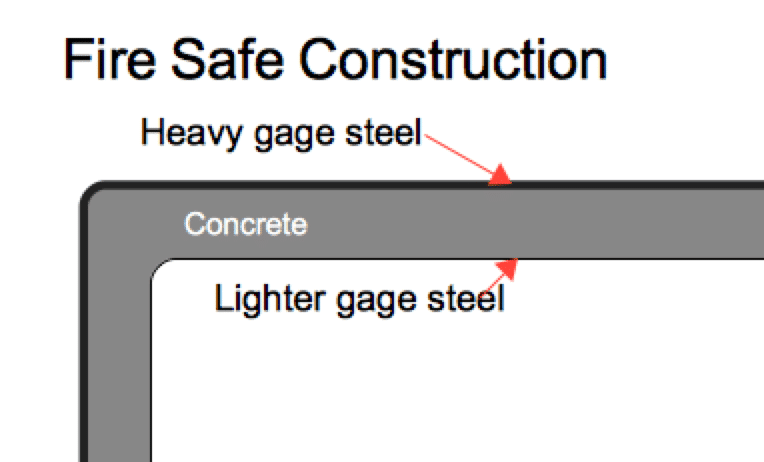




 Basic M16 rifle replaced by M4 weapon system
Basic M16 rifle replaced by M4 weapon system  SOCOM M4 with SOPMOD Block 1 & 2
SOCOM M4 with SOPMOD Block 1 & 2